Waterless ultrasonic cleaning machine – cleaning method
Browse Volume:1151 Classify:Support
Anhydrous ultrasonic cleaning machine cleaning method one: solvent cleaning
More traditional cleaning anhydrous ultrasonic cleaning machine method, the advantages of its cleaning speed, relatively high efficiency, the solvent itself can be constantly distilled regeneration, recycling; but the disadvantages are also relatively obvious, due to the production environment of optical glass requires constant temperature and humidity, are closed workshop, the smell of solvent for the work environment will be more or less affected, especially when using semi-automatic cleaning equipment that is not closed.
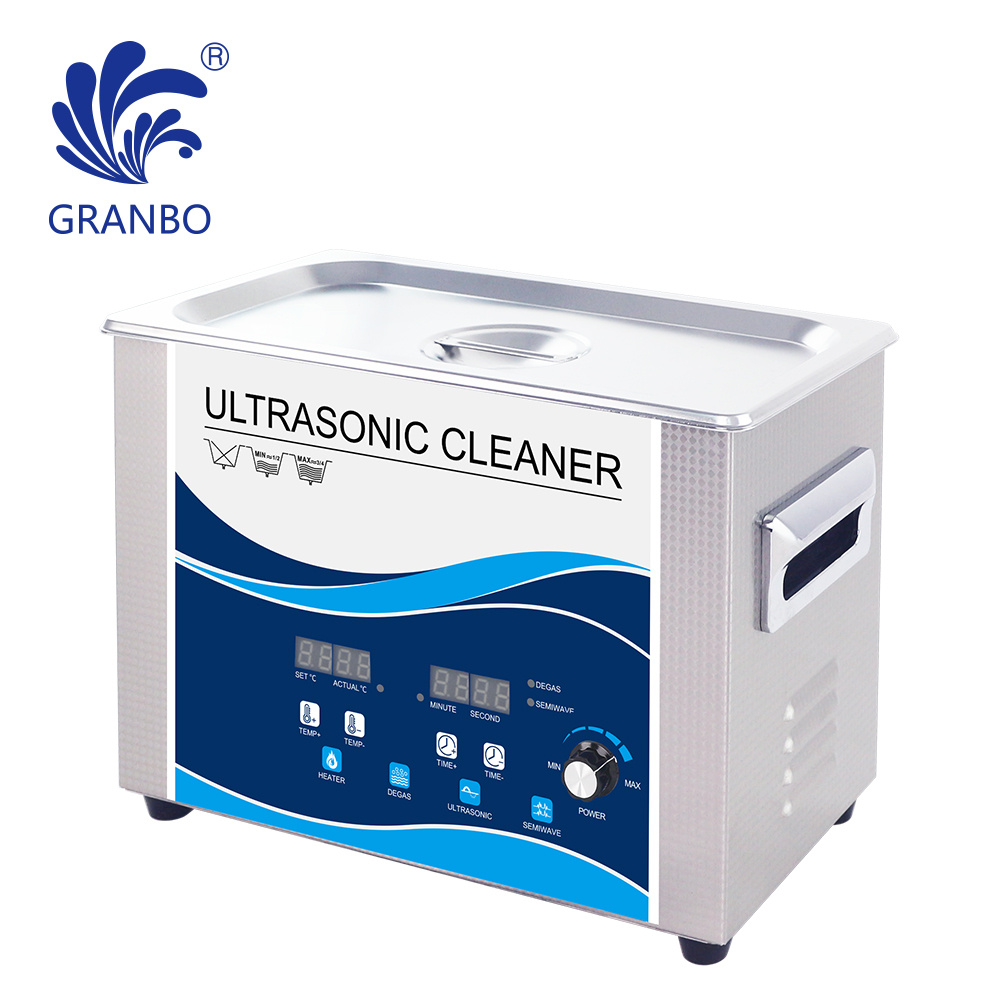
ultrasonic cleaner
Waterless ultrasonic cleaning machine cleaning mode two: semi-water-based cleaning
In recent years, the development of a new and mature process, it is in the traditional solvent cleaning based on the improvement and come from. It effectively avoids some of the weaknesses of the solvent, can do non-toxic, light odor, waste liquid can be discharged into the sewage system; equipment on the supporting devices less; use cycle than the solvent to be longer; in the operating costs than the solvent is lower. One of the most prominent advantages of semi-water-based cleaning agent is that it has good cleaning effect for inorganic pollutants such as abrasive powder, which greatly relieves the cleaning pressure of the subsequent unit of water-based cleaning agent, prolongs the service life of water-based cleaning agent, reduces the amount of water-based cleaning agent and lowers the operating cost. Its disadvantage is that the cleaning speed is slightly slower than the solvent, and must be rinsed.I suggest you have a look graboultrasonic cleaner.
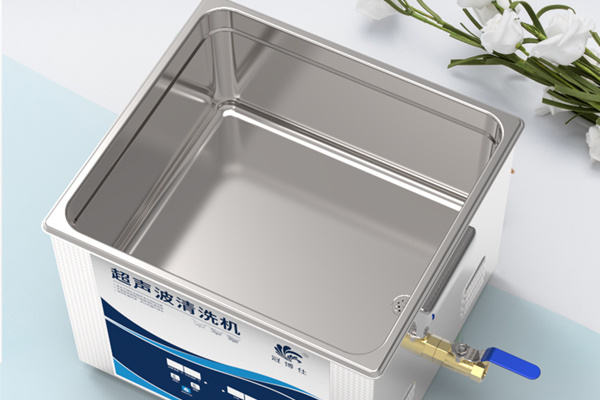
ultrasonic cleaner
The principle of waterless ultrasonic cleaning machines
Ultrasonic cleaning machine principle is issued by the ultrasonic generator high-frequency oscillation signal, through the transducer into a high-frequency mechanical oscillation and spread to the medium – cleaning solvent, ultrasound in the cleaning liquid sparse and dense forward radiation, so that the liquid flow and produce tens of thousands of diameter 50 – -500μm of tiny bubbles, the cleaning agent. -500μm of tiny bubbles, the presence of tiny bubbles in the liquid in the role of the sound field vibration. These bubbles in the ultrasonic longitudinal propagation of the negative pressure zone formation, growth, and in the positive pressure zone, when the sound pressure reaches a certain value, the bubble rapidly increased, and then suddenly closed. And in the bubble closed when the shock wave, in its surroundings to produce thousands of atmospheric pressure, destroy insoluble dirt and make them scattered in the cleaning fluid, when the group particles are wrapped in oil and adhering to the surface of the cleaning parts, oil is emulsified, solid particles and separated, so as to achieve the purpose of cleaning parts purification. In this is called the “cavitation” effect of the process, the bubble closure can form a few hundred degrees of high temperature and more than 1000 air pressure instant high pressure.

ultrasonic cleaner
In fact, this about the waterless ultrasonic cleaning machine there are several ways, such as cleaning before coating and cleaning after coating are different ways of cleaning, each has its own benefits, in the actual use or according to the actual situation.It can be used in Laboratory glassware
 Granbo Ultrasonic
Granbo Ultrasonic

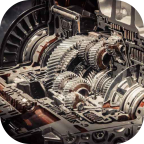
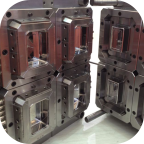



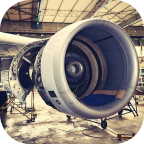
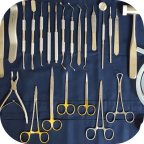
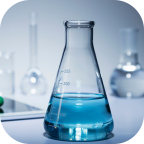
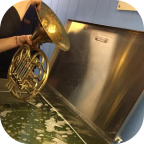





Hello!